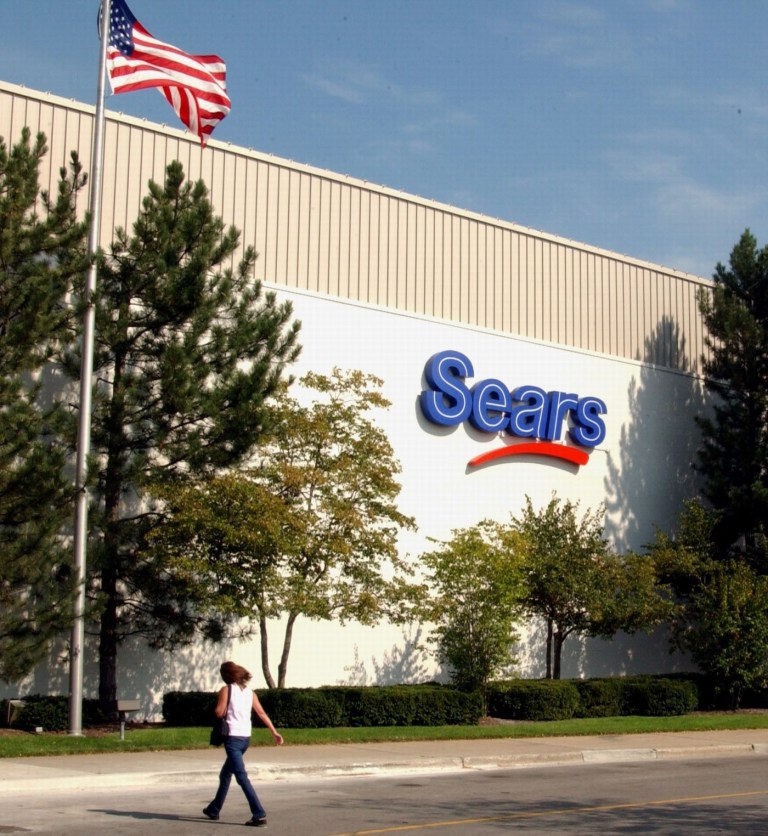
News for the historic retail giant Sears doesn’t seem to be moving in an upward trajectory.
As we reported this week, the company saw a nosedive in its stock shares. This Wednesday, Reuters further confirmed this, with a 16 percent decline. This raises further concerns for investors and stockholders still clinging onto hope that the big-box retailer will survive.
With $13.19 billion in liabilities, some are worrying about whether or not the company will be able to stock its shelves for consumers looking to buy gifts in the 2017 holiday season. One of the areas that has increasingly become an issue for Sears is the eCommerce landscape with giants like Amazon moving in on their turf.
Sears’ CFO, Jason Hollar, expressed hope for the company as he shined a light on the topic in a recent blog post. He said, “As 2016 proved to be another challenging year for most bricks-and-mortar retailers, our disclosures reflected these developments. While historical performance drives the disclosure, our financial plans and forecast do not reflect the continuation of that performance.”
Given the fact that Sears has not turned an annual profit since 2011, it’s likely that historical information on the company may be a good indicator of future performance unless there are significant changes made in the near future. The culprit for Sears is similar to that of Macy’s and JCPenney — eCommerce is rearing its successful head. The president of research firm Retail Metrics, Ken Perkins, commented on the online shopping phenomenon and its impact on retailers like Sears.
He said, “The retail industry is just too competitive, the brand value of Sears has diminished dramatically, [and] the seismic shifts in consumer spending both in terms of the move to eCommerce and to experiences don’t bode well for Sears. We have seen a spate of Chapter 11 filings in recent months, and it is difficult to see how Sears avoids the same fate.”
With Sears’ annual revenue tumbling a whopping 47 percent since 2012 and the firm losing just over $10 billion, filing Chapter 11 bankruptcy to help restructure the company’s future direction may not be far off.